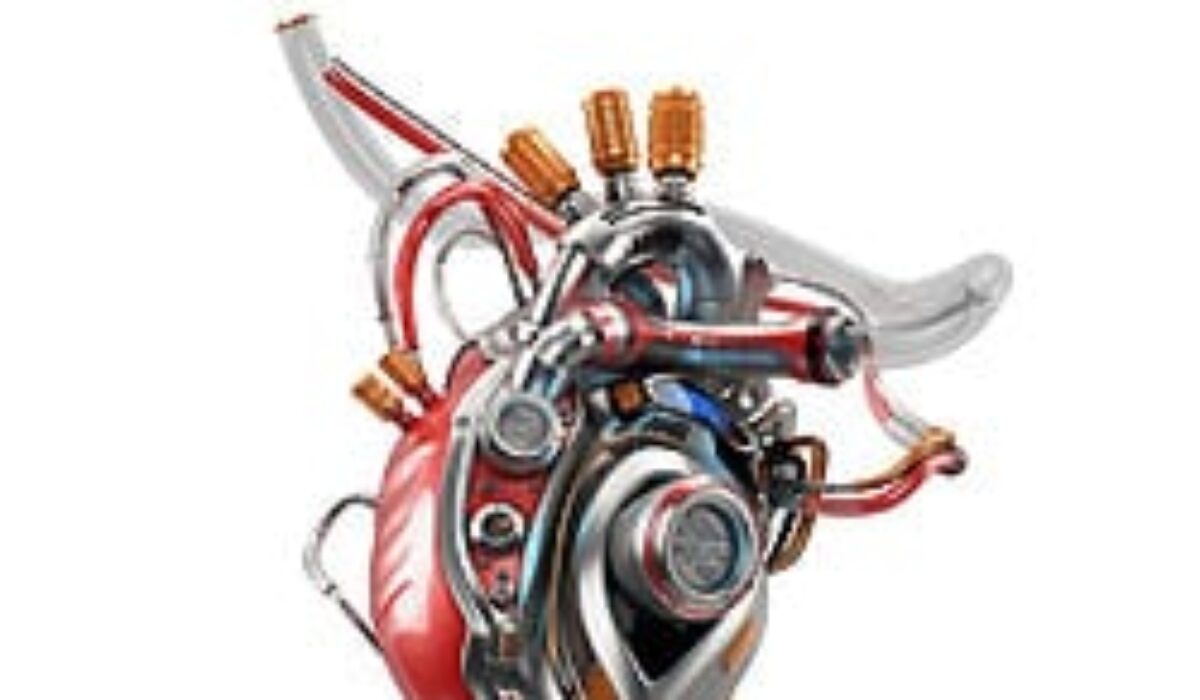The Technology Revolutionising Healthcare
Robots, 3D printing, ingestible sensors ̶ science fiction is becoming reality in the field of healthcare
Perhaps more than in any other field, technology has transformed medicine and healthcare in ways that would have seemed like pure science fiction just a decade ago. Dr. Bertalan Meskó is a medical futurist and author of The Guide to the Future of Medicine: Technology and the Human Touch. In this book, Meskó outlines several areas that he thinks will shape the future of medicine and healthcare. Meskó’s predictions fall into two categories: concepts already in the process of realisation and those that will likely have an impact in the near future. Here is a selection of them:
3D printing
3D printing is already making an impact in the medical device world. Some 95% percent of all hearing aids are 3D printed. 3D printers can also manufacture prostheses or even drugs. They will also play an essential role in regenerative medicine in creating tissues with blood vessels, bone, heart valves, ear cartilage, synthetic skin, and even organs. With its growing affordability and open-source engineering, the applications for 3D printing are enormous and beneficial.

Robots
Robotic-assisted surgery improves the skill of the surgeon and allows for less invasive procedures. It is envisaged that advanced robots will be able to perform an operation with more precision than a surgeon. Although robots may never fully take over a surgical procedure due to their lack of versatility and adaptability, they will become much more integrated into surgical teams. Exoskeletons, a bit like external strap on robots, are now market ready. In February 2012, Ekso Bionics commercialised a robotic exoskeleton that allows paraplegics to stand and walk independently.
Body sensors
Technology enables the measurement of critical health parameters in handy and inexpensive ways. Tiny, wearable, sensors can collect data without inferring with our daily lives in order to make better decisions. Electronic clothing used in conjunction with sensors is way of collecting such data. Ingestible sensors and implantable chips are already in use and growing. Like wearable devices, sensors inside the body can be used to collect information about what is happening to a person’s body.
Portable diagnostics
Diagnostic procedures are now incorporating devices that are portable and can be used from home. Soon, medical mobile applications may be prescribed with patient customisation. According to Meskó, “The smartphone will be the hub of the future of medicine, serving as a health-medical dashboard.” Patients may no longer have to go to the doctor’s office or hospital. Instead, in the comfort of their home, portable diagnostics will analyse data, diagnose the problem, and send that information to a doctor who will, possibly, treat the patient remotely.
Telemedicine
Home healthcare services and innovative technology will enable doctors and patients to communicate in ways not previously possible, saving both lives and money. Patient monitoring before, during, and after a procedure can now include autonomous robots, such as iRobot’s RP-VITA. Telemedicine works particularly well for urgent care, which deals with issues that need immediate attention but can be diagnosed and treated without an in-person exam. Moreover, by transforming occasional encounters with a doctor into ongoing dialogues, telemedicine could boost rather than diminish the human capacity for making connections.


0 Comments